227 CD / The Koroliov Series Vol. XIX. Maurice Ravel: Works for piano
Description
Evgeni Koroliov isn't the kind of musician who prefers to concentrate on previously unrecorded music. His specialty lies in discovering something new in well-known works. This is particularly true in this collection of pieces by Maurice Ravel. He immerses himself in the music without any extravagance, adding nothing to the score. Nevertheless, Koroliov always manages to make the music sound fresh to our ears. In Ma Mère l'Oye, Ljupka Hadžigeorgieva harmoniously completes this process of re-creation.
6 reviews for 227 CD / The Koroliov Series Vol. XIX. Maurice Ravel: Works for piano
You must be logged in to post a review.

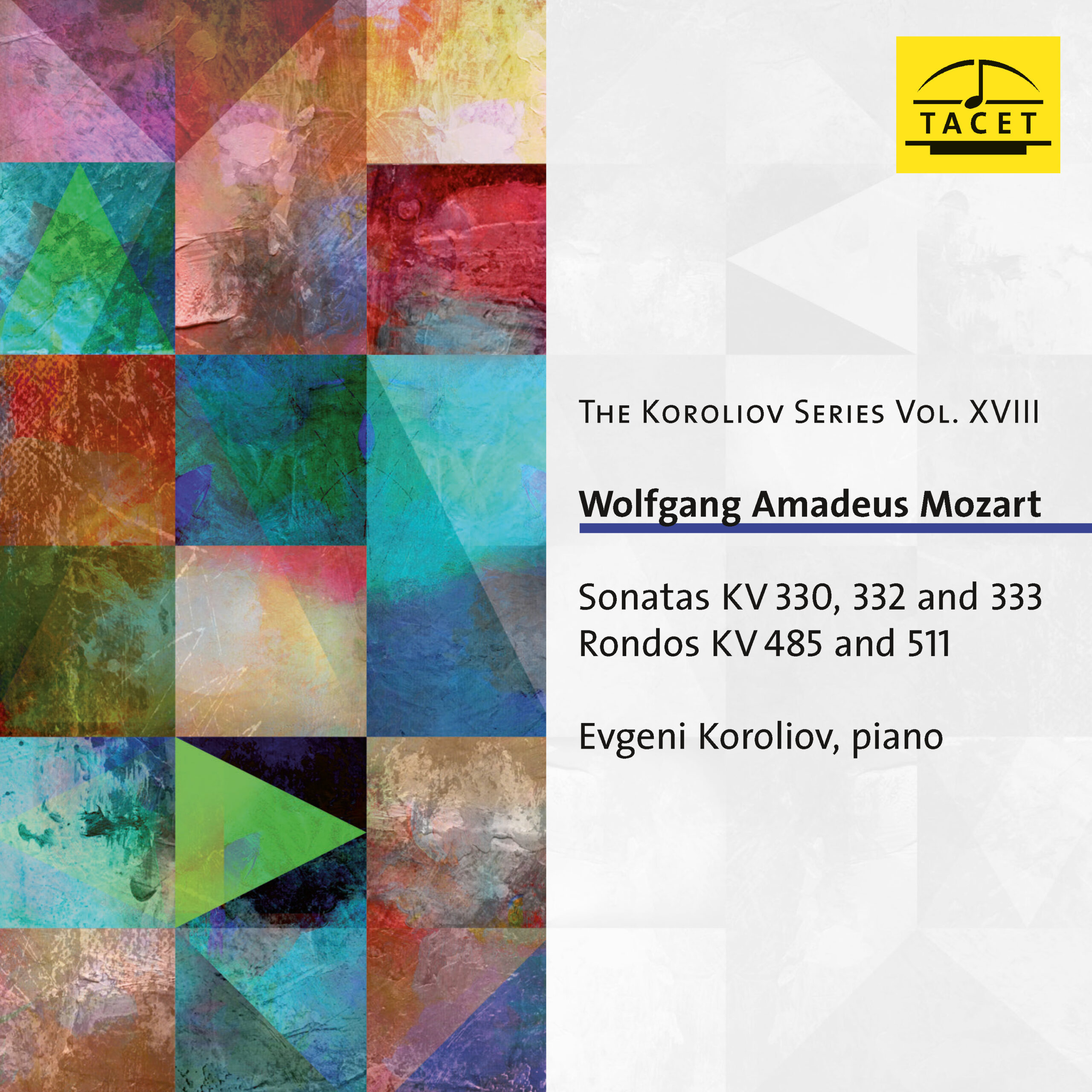
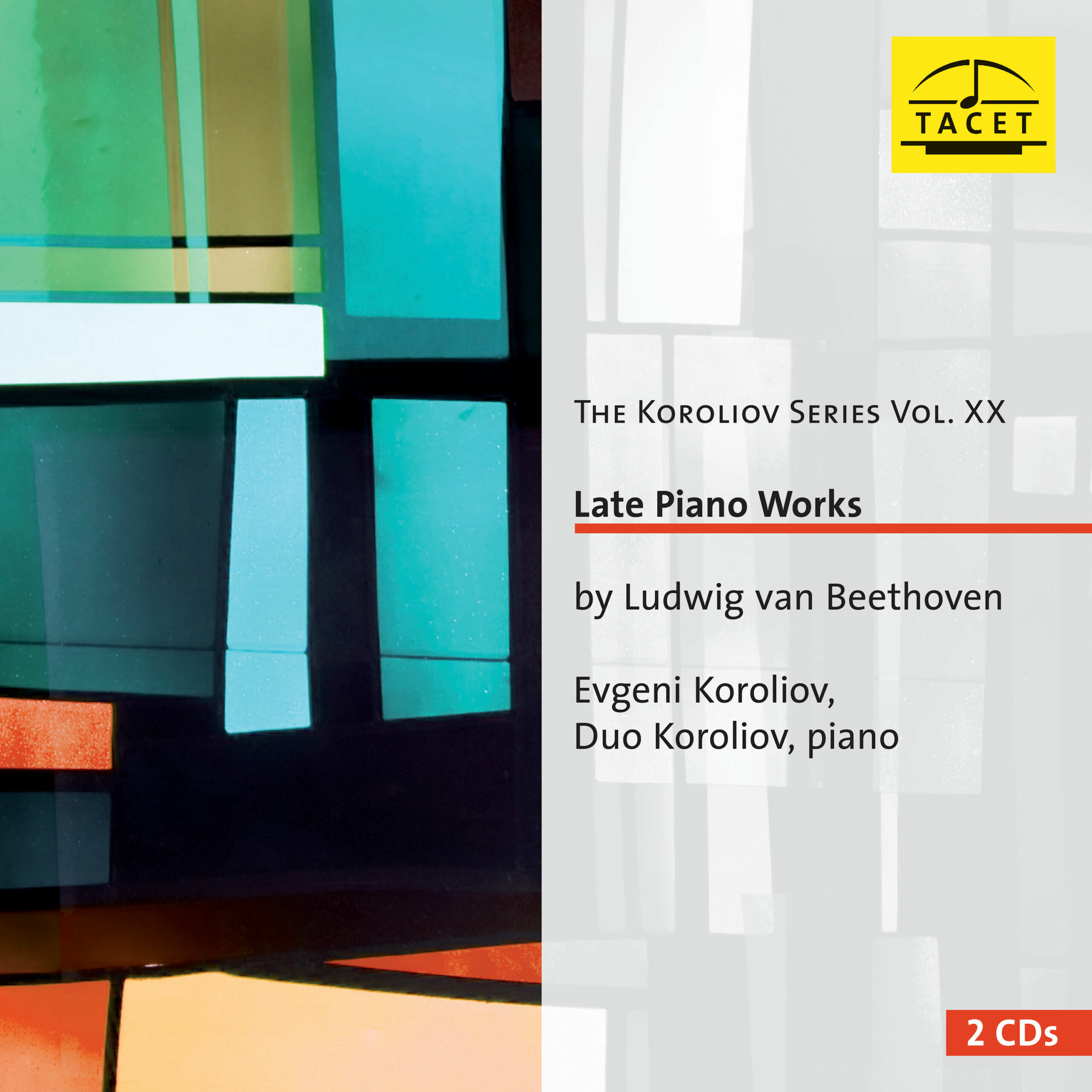
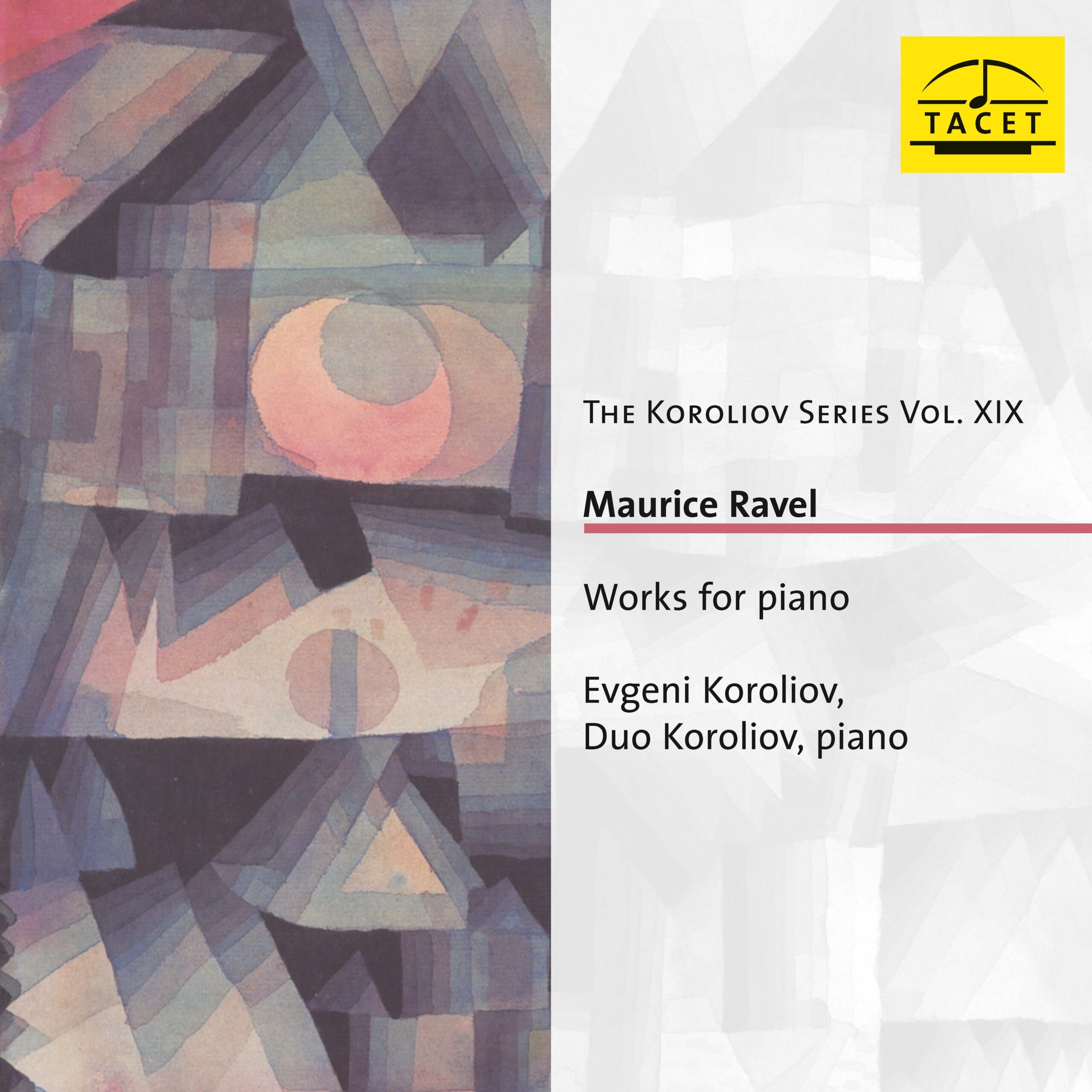
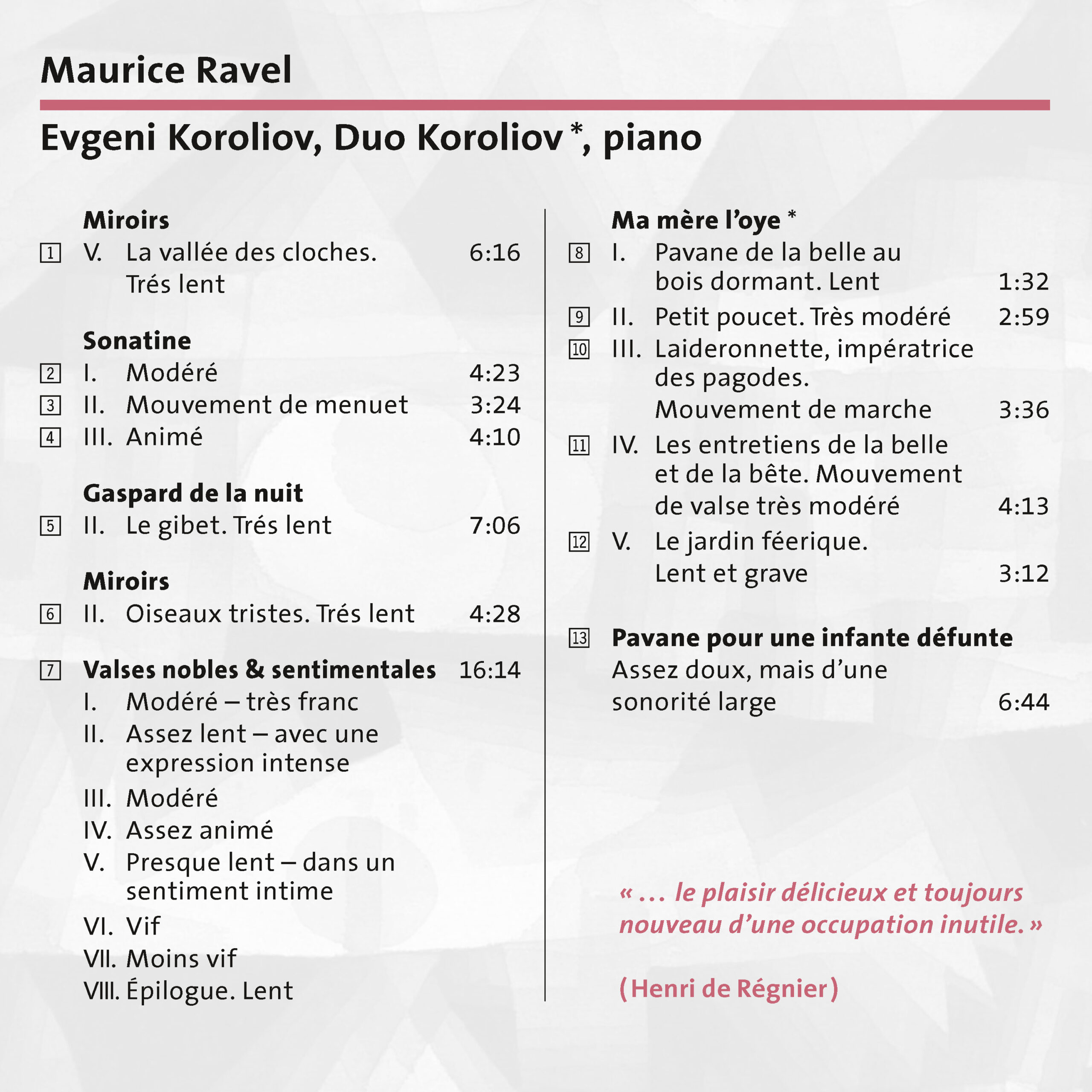




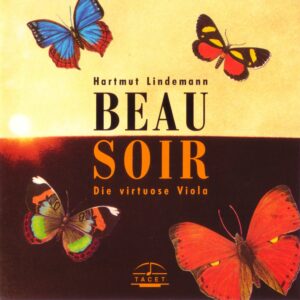
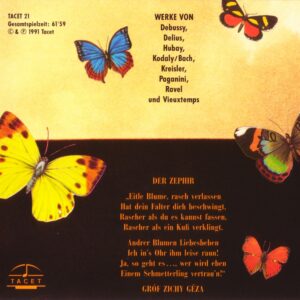
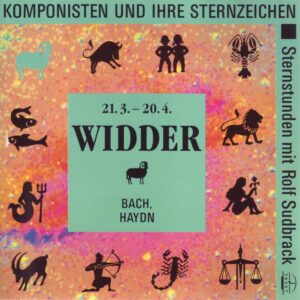
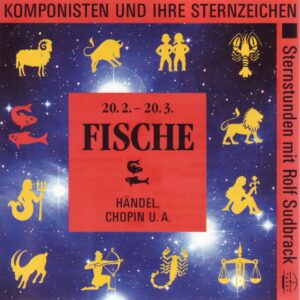
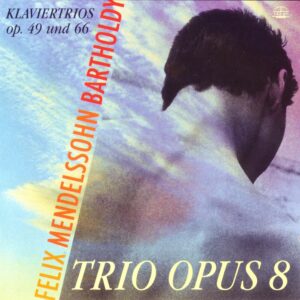
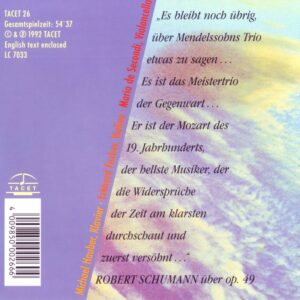
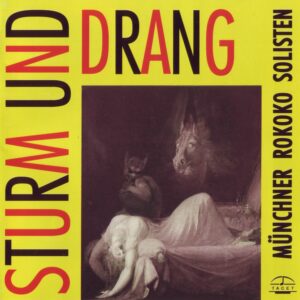

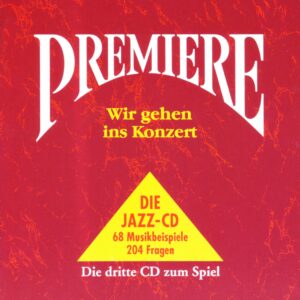
Fono Forum –
Hat eigentlich je ein Pianist ein Ravel-Recital mit dem letzten der „Miroirs“ begonnen? Oder aus dem „Gaspard“ nur den „Galgen“ ausgewählt und die Gipfel der Hochleistungspianistik vom „Scarbo“ bis zur „Alborada“ gleich ganz ausgelassen? Wer Klavier spielt wie Evgeni Koroliov wird kaum die Unterstellung zu fürchten haben, diese seien ihm zu schwer.
Seine eigentümliche Dramaturgie scheint strukturellen Bezügen nachzuspüren. Ich habe nie zuvor wahrgenommen, dass die „Oiseaux tristes“ und der hier unmittelbar folgende „Gibet“ nicht nur mit der exakt gleichen rhythmischen Keimzelle beginnen, sondern auf dem gleichen Des. Oder, verborgener, die „Sonatine“ mit dem identischen Motiv wie das „Vallée des cloches“.
But Koroliov does not stop at musicological relationship alchemy. He wants to show something more essential. The palette is reduced to translucent shades of gray. Colorful-mood elements are very restrained. No color or programmatic idea adheres to these extremely precisely woven silver wire structures, and so the extramusical references are somewhat distant, be it distant bell ringing or bird cries.
This soundscape reveals the harpsichord roots of this music, which owes more to Couperin than is often heard, and occasionally plays very cleverly with a translation of the musical text into the stylistic language of the harpsichord. The finely detailed dynamic events transform Evgeni Koroliov into the agogic, as if the potential of the piano were only limited: a decrescendo becomes a tiny slowing down, accents or expressive markings transform into subtle desynchronizations of the hands. Such ubiquitous, delicate shifts animate the mechanical. Thus, Koroliov rediscovers Ravel's magical art of breathing life into the inanimate world of things.
Matthias Kornemann, Fono Forum
Piano News –
Evgeni Koroliovs Bach-Aufnahmen haben beinahe einen Kult-Status erreicht. Das mag an seiner enormen Konzentrationsfähigkeit liegen – das Werk, das er spielt, begreift er in seiner Ganzheit und nimmt es mit mönchischer Strenge ins Visier, mit höchster Genauigkeit gibt er das Notenbild wieder und besitzt gleichzeitig größtes musikalisches Gefühl und enormen Ausdruck. Das gilt hier ebenso für Ravels Klavierwerke: Koroliovs Spiel ist so präzise, macht Ravels harmonische und pianistische Fortschritte durche ein stets wechselndes und immer passendes Klangspektrum deutlich, führt die neue und nie gekannte Dichte der Satztechnik vor Augen, verwendet eine sparsame und unhörbare Pedalisierung. Sprung- und Repetitionstechniken (La vallée des Cloches), die Ravels Musik neu definierten, sind so mühelos in das Klanbild eingewochen, dass man bei Koroliov die perfekte technische Grundlage seines Spiels für selbstverständlich nimmt. Auch im Duo mit seiner Frau Ljubka Hadzigeorgieva erreicht der Klang (in Laideronette oder Le jardin féerique aus Ma mère l’oye) eine selten gehörte Farbigkeit und Bildgewalt. Die Werkwahl greift insbesondere auf diese sphärischen, schwebenden, märchenhaft-verspielten Werke – doche eben in dieser langsamen, weichen, leisen, kontemplativen Grundstimmung liegt eine Stärke des Pianisten. Impressionistisch – „beeindruckend“ im wörtlichen Sinn – ist diese Klangkultur. Für Ravel ist diese eine echte Referenzaufnahme.
Isabel Fedrizzi, Piano News
Diapason Magazine –
[Automatische Übersetzung – französischer Originaltext siehe unten]
Wie einst Richter spielt Koroliov bei Gaspard de la nuit nur Le Gibet. Hoffen wir, dass er im Gegensatz zu seinem illustren Vorgänger Scarbo nicht als eine Art Kopie der Mephisto-Walzer Nr. 1 von Liszt betrachtet. Er zerlegt auch die Miroirs, was Richter nicht getan hat – nur Oiseaux tristes und La Vallée des cloches entgehen der Plünderung. Die Anmerkung gibt keine Erklärung für diese persönliche Auswahl preis. Der Pianist wagt sich in die Langsamkeit: La Vallée des cloches gewinnt eine hartnäckige Tiefe, Le Gibet eine eisige Unbeweglichkeit. Man hört seltene Dinge in den absteigenden Akkorden dieser makabren Seite überhaupt. Es ist hervorragend gemacht, auch wenn man vielleicht expressivere Interpretationen bevorzugen kann (Ravel wechselt in der Partitur zwischen „expressif“ und „sans expression“), vielleicht sogar expressionistische – à la Pogorelich. Bei 1’57“ beginnen die Oiseaux tristes ein Motiv beharrlich, das Echo finden wird: Bei Koroliov ist alles überlegt, nichts wird dem Zufall überlassen. Diese Klavierbeherrschung kommt in den Valses nobles et sentimentales zum Ausdruck, einem Gebäude aus den raffiniertesten Edelsteinen, dessen kontinuierliche Bewegung es ihm ermöglicht, tausendfach zu glänzen. Sie erfordern zu bestimmten Zeiten etwas Mut, was die Aufführung delikat macht. Das fehlt ein wenig in der vorletzten Stück. Aber welche Intelligenz des Textes, besonders in der linken Hand (zwei Noten treten hübsch in der sechsten Walzer hervor, während exquisite Details die nächste durchziehen). Es gibt einige Nuancen (in der ersten), ein sehr leichtes Rubato, das mit genügend Kunst gemacht ist, damit die von Ravel vorgeschriebene Aufrichtigkeit dennoch stattfindet. In der letzten, die die vorherigen rekapituliert, möchten wir, dass Koroliov sich mehr Zeit nimmt, dass er die unerhörten Harmonien genießt, die Stimmen, die sich zu einem phantasmagorischen Ballett vermischen, dass er einfach träumt und uns mit sich mitnimmt.
The realization of Ma Mère l'Oye, in a four-hand performance with Ljupka Hadzigeorgieva, is also remarkable. The sound effects of Laideronnette are welcome, one might think of hearing gamelans – a very appealing central passage. The fortunately tranquil tempo allows for the enjoyment of a superbly meticulous interpretation. The Pavane pour une infante défunte gains much from this masterful work.
Bertrand Boissard, Diapason Magazine
____________________________________________________
Comme Richter naguère, Koroliov ne joue de Gaspard de la nuit que Le Gibet. Espérons que contrairement à son illustre aîné, il ne considère pas Scarbo comme une sorte de décalque de la Méphisto-Valse no 1 de Liszt. Il désosse également les Miroirs, ce que ne faisait pas Richter – seuls Oiseaux tristes et La Vallée des cloches échappent à la curée. La notice ne livre aucune explication sur cette sélection personnelle. Le pianiste ose la lenteur : La Vallée de cloches en retire une profondeur entêtante, Le Gibet une immobilité glacée. On entend des choses rares dans les accords descendants de cette page macabre entre toutes. C’est supérieurement réalisé, même si on peut préférer des lectures plus expressives (Ravel alterne dans la partition les mentions « expressif » et « sans expression »), voire expressionnistes – façon Pogorelich. A 1’ 57’’, les Oiseaux tristes entament un motif avec insistance, qui va entrer en écho avec ce qui suit : tout est réfléchi chez Koroliov, rien n’est laissé au hasard. Cette maîtrise du clavier éclate dans les Valses nobles et sentimentales, édifice constitué des gemmes les plus raffinées et dont le mouvement continu lui permet de briller de mille feux. Elles nécessitent à certains moments du panache, ce qui en rend l’exécution délicate. C’est ce qui manque un peu dans l’avant-dernière pièce. Mais quelle intelligence du texte, notamment à la main gauche (deux notes ressortent joliment dans la sixième valse, tandis que des détails exquis parsèment la suivante). On relève quelques inflexions (dans la première), un très léger rubato, fait avec suffisamment d’art, pour que la franchise prescrite par Ravel soit malgré tout au rendez-vous. Dans la dernière, récapitulative des précédentes, on aimerait que Koroliov prenne davantage son temps, qu’il savoure les harmonies inouïes, les voix qui se mêlent en un ballet fantomatique, qu’il rêve tout simplement, et nous transporte avec lui.
La réalisation de Ma Mère l’Oye, à quatre mains avec Ljupka Hadzigeorgieva, est elle aussi remarquable. Les effets sonores de Laideronnette sont bienvenus, on croirait entendre des gamelans – très séduisant passage central. Le tempo heureusement tranquille permet de se repaître d’une interprétation superbement méticuleuse. La Pavane pour une infante défunte gagne beaucoup à ce travail d’orfèvre.
Bertrand Boissard, Diapason Magazine
Audio –
„Große Musik muss stets aus dem Herzen kommen“ – diesem Leitsatz von Maurice Ravel wird der brillante russische Pianist Evgeni Koroliov mit seiner neuen CD (Folge 19 in seiner Serie für das Stuttgarter Label TACET) vollkommen gerecht. Er vereint Präzision und Emotion, spürt dem Gefühlsleben des Komponisten nach. Seine erstklassigen Darbietungen umfassen die Zyklen „Ma mère l’oye“ (ein Werk für vier Hände, das Koroliov mit seiner Ehefrau Ljupka eingespielt hat) und „Valses nobles et sentimentales“ sowie die Sonatine und vier sorgfältig ausgewählte Einzelsätze. Auch das feine audiophile Klangbild spiegelt Ravels Seelenwelt trefflich wieder. Ein wahrhaft famoses Album!
Andreas Lucewicz, Audio
Klassik heute –
--> original review
Evgeni Koroliov is a master of sound, even a sound magician. The CD with piano pieces by Maurice Ravel shows this in the most beautiful way. His fine touch skills magically captivate the listener. The slow movements from Miroirs and Gaspard de la nuit not only develop a tempting beautiful sound, but also offer maximum tension that arises from intensity and precision. When you listen, you think you can see how Koroliov gives each note its own desired sound and weaves all the individual tones into a beguiling spider web in which you are only too happy to give in to the pleasant shudder. At the same time, everything is as transparent as a spider's web in the autumn sun, so you can hear every chord in Le Gibet and yet also everything in the overall sound.
He ennobles the frivolous, tired and morbid harmony of the Valses nobles & sentimentales with noblesse and sound absorption, even obsession, and a rhythmic design that dominates both the elegiac or capricious overripeness and the rhythmic inflections as well as the trivial swing of the waltz. Koroliov takes everything he plays seriously and not as a mere means of demonstrating virtuosity. He shows that he doesn't have to show anything anymore. With him there is no “prestigious brat,” as Heinrich Heine mocked pure virtuosos.
Clarity and tonal finesse radiate from every note of the sonatina, whose menuet seems to circle and float weightlessly, and vibrating liveliness trembles through the final movement. And Koroliov also gives the salon-appropriate Pavane artistic seriousness.
Together with his wife Ljupka Hadžigeorgieva, Evgeni Koroliov forms the Duo Koroliov, which has been playing together for many years. They sound like a single piano in Ma mère l’oye, completely in tonal and rhythmic harmony. You can hear the porcelain figurines dancing with a smile, there is loving irony at play.
Rainer W. Janka, klassik-heute.de
Pizzicato –
--> original review
Ravel’s ‘Ma mère l’oye’ contains the movement ‘Le jardin féerique’. Evgeni Koroliov seems to extend this fairytale garden to the entire program of this CD, conjuring a world of poetry, beauty and sophistication into our ears. Certainly, the compiled program promotes this impression, but many other pianists have not achieved the same degree of internalized reflectivity in the works played as Koroliov, nor have they gained the same distance from the subject in order to make the music not program-narrative, but rather impressionistic. This is especially true of the suite “Ma mère l’oye” played by the “Duo Koroliov” (Ljupka Hadzigeorgieva is the pianist’s wife). And to clarify the moods and feelings, the Koroliovs not only use an incomparably fine touch technique, but also colors that give each note its own color value.
The sophistication culminates in the ‘Pavane pour une infante défunte’. Here it's not just the colors, but the finely regulated dynamic nuances that fascinate in a perfect mix of dark and light thoughts.
This Ravel record deserves a place of honor in every collection. It is pure magic and a balm for the soul in our crisis-ridden times: pure beauty, it still exists!
Remy Franck, Pizzicato